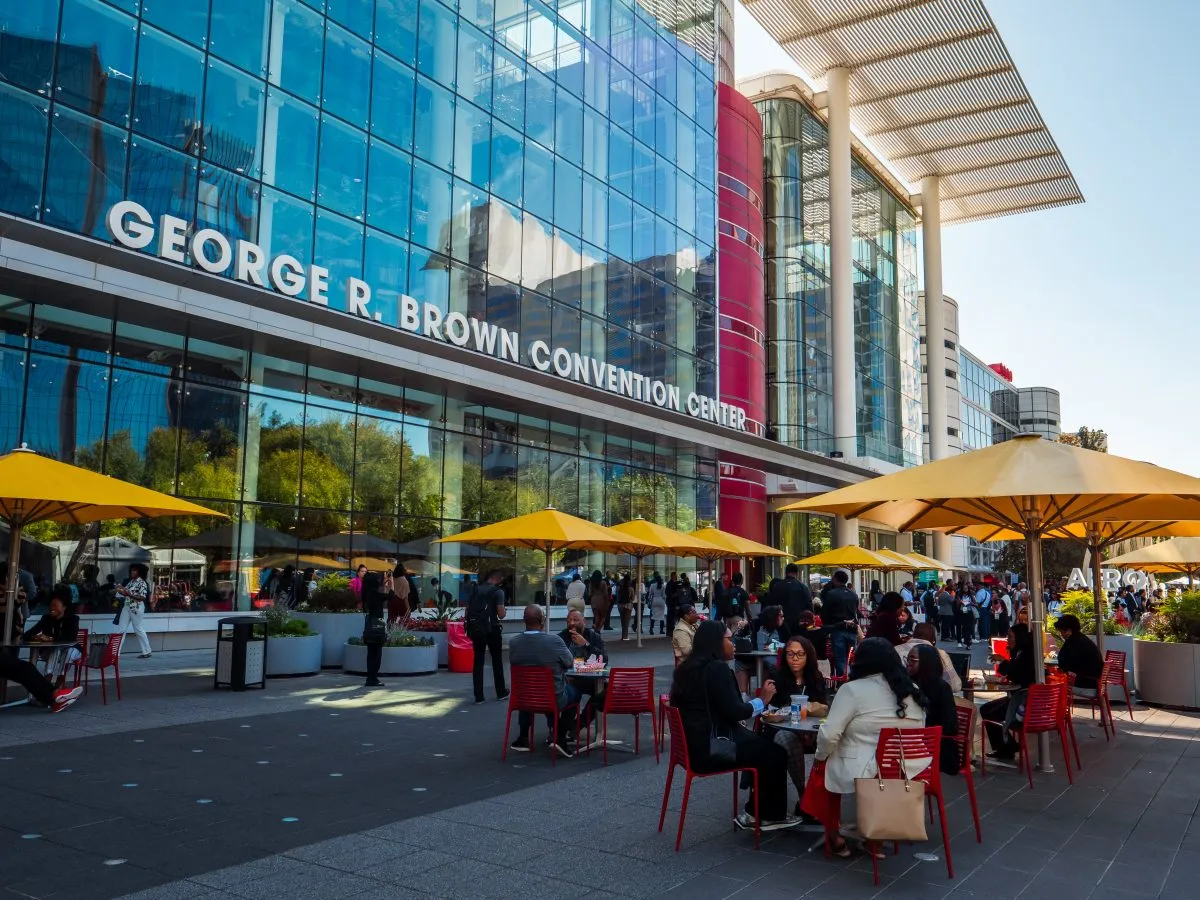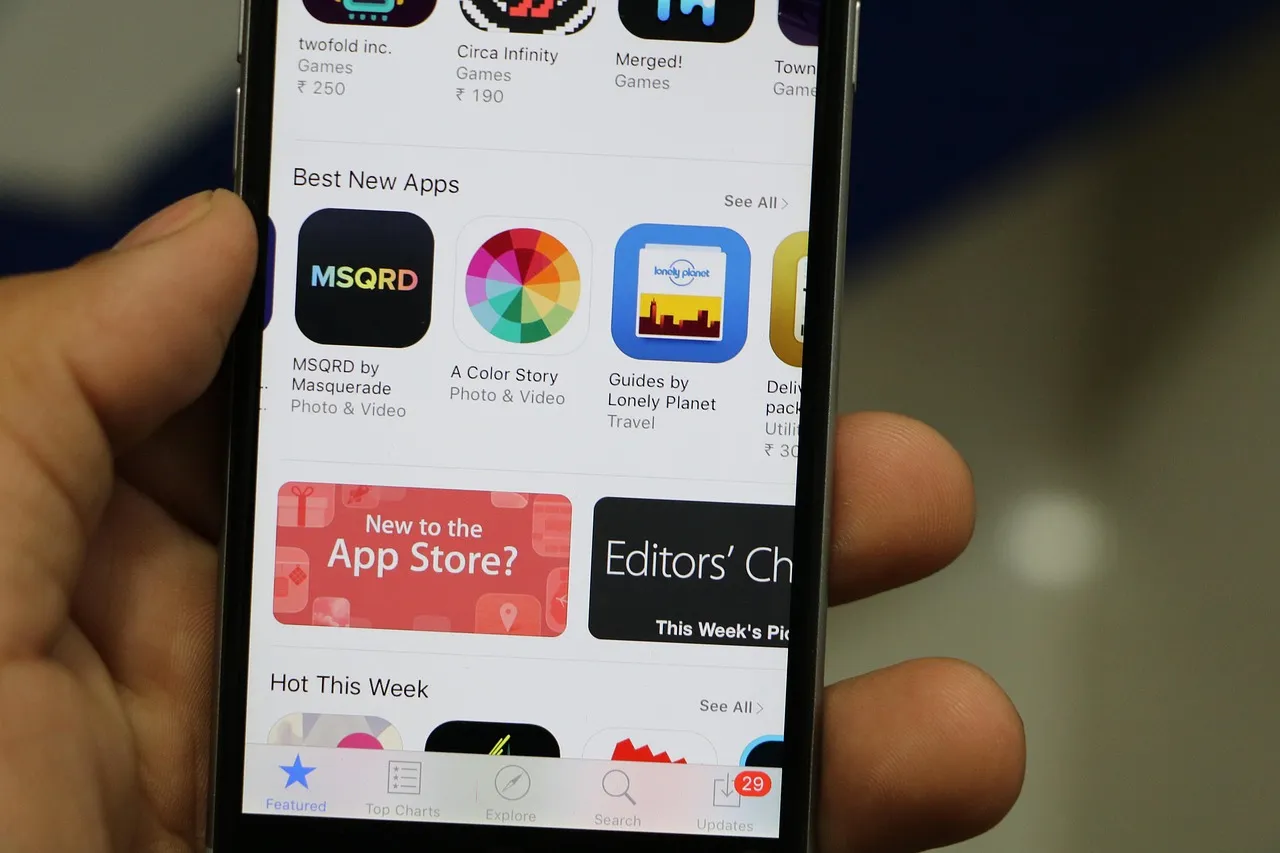50 Pro Tips to Reduce Event Non Attendance

Skift Take
You scan your event room proud of the job you did organizing and then what do you see? Empty chairs peppered in throughout the room. What went wrong? This was a sold-out event. Why all the no-shows? Don’t worry. There are things that can be done to lower that number the next time.
When you are planning a conference, or even hosting a party for that matter, there are always those who RSVP and then don’t show up. They’re frustrating and costly for you and the client. Sure, things come up, but if your event is free to the attendees their lack of manners is costing you.
It’s easy to write off no-shows as a problem of our age. People are simply overscheduled and things come up at the last minute all of the time. Plus, it’s often a matter of semantics. “I should be there” is different than “I will be there” but we often don’t notice that difference until we’re staring bitterly at an empty seat.
So what can be done to ensure your seats are filled?
Plenty.
Here are 50 tips to help ensure you have the best chance of full event attendance and the least amount of wasted places.
- Track them publicly. Take a cue from what many physicians are doing. When they print out paperwork with patient information on it, next to the address is the number of no-show appointments. This lets the patient know it’s being tracked. You can do the same if you offer on-going events that require registration.
- Educate people what non attendance really means. Frustrating and unbelievable as it may sound some people really do not understand that not showing up to an event costs money, wastes resources and makes it difficult to plan the event effectively. In extreme cases no shows can spell the end of an event. Try to let people know the importance of letting you know if their plans change, even at the very last minute.
- Send detailed joining information. Make sure your event information, event website and event app gives detailed instructions on how to make it to the event for those that want it. Make it foolproof and easy for participants, otherwise some just won’t bother tracking down the information they need. Include the venue address, which entrance to use, what time to arrive, public transport information, parking, driving instructions, and anything else that will be useful to your busy guests.
- Get your audience more involved in the planning stages. Use co-creation and collaboration to get greater buy in from your participants. If they feel more invested in the event they will not want to miss it.
- Reach out. When someone misses an event, use it as an opportunity to market to them. Share content on what they missed or invite them to another event. Instil that it was a real shame on their part that they weren’t a part of it.
- Ask why they didn’t make it. If people simply haven’t turned up contact them and ask why they didn’t show. Let them know you’re paying attention to the fact that they didn’t make it.
- Send automated reminders one week out, one day out, and on the day of the event.
- Remind people through social media. Send reminders and share valuable content leading up to the event to get people excited about attending.
- If this is a local event, send an email with a map and last-minute information they may need a few hours in advance. That way if they forget their invite and information back at the office, they have the info on their phone, at the top of their inbox.
- Set up reminders on social media or through their calendars depending on how they registered.
- Kick your social media posting into high gear so people will see your name or business’ name in their social stream more often and remember the event.
- Implement text/SMS/WhatsApp reminders.
- Remind attendees of time detractors in getting to your event. For instance, if parking is two blocks away, make sure they factor in time to walk. Often people who are running late decide to skip the event altogether. Give them an idea of how long it will take so they can plan accordingly.
- Share your contact details. Make it easy for people to let you know they won’t be there. If people have to hunt for phone numbers to call you they could just give up and not bother.
- Give a mobile phone number. Make sure attendees have a cell phone number they can call in case of difficulties on the day. If someone is lost or struggling to park having some direct advice from the event team could make the difference between them making it and turning around.
- Subtract a few heads from the number you give the caterer. However, this can be risky, especially if you have extras show up on the day, on top of everyone who registered.
- Tell attendees you have a waitlist and no-shows are not given preferential tickets in the future. This will make attendees feel like this is an exclusive event and they will lose their spot for the next one if they don’t show up to this one.
- Develop relationships with attendees in between events through increasing engagement. People are less likely to let down others who they feel they know personally.
- Share the attendance List. If you have permission, publish the guest list so people can see the caliber of those attending. If you don’t want to share names, highlighting job titles and organisations can still be effective for B2B events.
- Don’t open registration too far in advance, especially if it has a local draw. The more time elapses between registration and attendance, the less likely you’ll see the attendee.
- Don’t make it feel like a cattle call. Often ongoing free events are seen as cattle calls and attendees who register feel they won’t be missed if they don’t show. Personalize every bit of your communication so that no one ever feels like they’re just a number. “Numbers” don’t feel obligation to attend or advise you of changed plans.
- Don’t devalue attendance. If you tell people to register, even if they can’t make it so they can receive your videos afterward, you can be assured there will be a whole lot of empty seats. When you devalue attendance, your invitees will as well.
- Make sure attendees have a reason to be at your event. Give them a reason to be there, perhaps something exclusive that they can only receive by being there in person.
- Update your office voicemail. If the whole team is out of the office update your voicemail message to give a mobile phone number and instructions for those coming to the event so they know how to get hold of the event planning team or whether they can turn up to register on site.
- Examine the hours of your event. Have you noticed that you get more no-shows at breakfast events versus cocktail hours? Are events in the middle of the day your largest empty seat fests? The most common reason for no-shows is that something else came up. What time of day does that happen most? Stop hosting events at that time.
- Ask attendees about preferred times. Building on the previous tip, before scheduling an event ask people the best time for them. You can do this through a quick poll on your site. People often feel obligated to attend if they helped you select the ideal time.
- Check the best days of the week. If you have a regular audience it is worth checking the days of the week which work best for them too. Or more importantly any days to avoid.
- Make sure they understand what they’re RSVPing for. In today’s world, there are a lot of webinars and events that encourage people to RSVP just to be eligible for the recordings or videos. Often the marketer just wants to “get them on the list.” That has conditioned people into believing RSVPs don’t count for much. If you are serving food or paying a per person cost, ensure your audience knows that you need an accurate count.and avoid last-minute no-shows.
- Share valuable content. Raise anticipation for your event by sharing good content using blog posts, video, images, infographics and reports. Cover the topics that will be discussed in more detail at your event so people are hungry for more.
- Use a private online community or Facebook group to get people excited about the event ahead of time. Staying top of mind means less chance of a no-show.
- Get people talking about the event. Share past impressions from others, video testimonials, stats and other things that create a buzz.
- Give clear instructions about registering on site. Can people just turn up even if they haven’t pre-registered? If so let them know this by sending out this message via social media, adding it to your answer phone message and letting the venue know (in case they receive any enquiries directly).
- Encourage Networking and Matchmaking. If people can network in advance of the event, be matched with relevant contacts and set up appointments to connect face to face people are more likely to ensure they don’t miss the event.
- Check in. About 3 days before your event, ask for an RSVP update. This is different from a reminder. A reminder email is a very passive experience. They get it, they skim it, they delete it. An RSVP update email can be done quickly with buttons. No need for the potential attendee to even hit reply. They simply confirm by pressing the appropriate button - attending or not attending. This also gives you an idea of who’s in jeopardy by those who don’t respond at all.
- Give away tickets to media, influencers, or “special guests.” If you have a lot of last-minute cancellations and you’re paying for them anyway, why not fill the seats with people who may cover your event or talk about it to their tribes?
- Consider mailing out to attendees. This may seem old fashioned but nowadays, as people use the postal system less and less, people are starting to take more notice of things that they receive in the mail. If you have the budget consider mailing out the event badges or issue a voucher they can exchange at the event. If attendees have something physical on their desk to remind them it can help stimulate attendance rates.
- Make sure your speakers are talking about the event. Whether it is to encourage last minute bookings, give a last minute reminder or share why people NEED to be there, ask your presenters to do their bit.
- Run a competition or contest. Shortly before your event ask the local radio station, newspaper or industry media heavyweight to run a competition to win a pair of tickets to the event. If it is a sell out event it will be a reminder to everyone attending that they need to be there and a chance to share the USPs (unique selling points).
- Provide transport. If you know many people are arriving by train and the venue isn’t within easy reach consider offering a coach for people to make it easy for them, if the demand is there. If a little investment such as this guarantees attendance numbers it could be worth it.
- Add a penalty. Charge people who register but don’t show up. We’re not saying this is the ideal situation, and you may be dealing with angry registrants that had “something come up,” but it is a way to get people to understand that an RSVP means something to you.
- Make personal calls the day before or day of the event to get an accurate headcount.
- Tag people on social media telling them that you’re looking forward to seeing them. This works well for small groups.
- If the event is a series, make sure they understand one no-show means you’ll be replaced by someone on the waitlist.
- Use the second market. If you know you’ll have extra tickets or someone advises you that they can’t make it, help them get those tickets into the hands of someone who wants them.
- Take a tip from the airlines that say if you’re not checked in a half hour before the flight your seat could be given away.
- Issue certificates/CPD points. For educational events offer a certificate of attendance or get your event accredited to offer professional development points for those that attend the full content.
- Charge first, refund later. Some free events require an upfront fee that will be reimbursed when you get there. If they don’t show up, they don’t get the money back. Of course, this may mean fewer people signing up in the first place.
- Do things differently. Make sure your event stands out by doing things differently. If people realise that this isn’t the same format, attendees, content and outcomes as other events you are more likely to build a faithful following.
- Analyze your no-show rates. The more scientifically you can measure the attrition rate for paying and free events the more accurately you can overbook or reduce the number of meals you are paying for in the future. This is of course easier if you are running events that repeat or work with the same audience and locations, but you should always record this data.
- Tailor post event communication. Make sure that you accurately segment your lists into those that attended, those that sent apologies and those that didn’t show up. Then create bespoke messages to each of these groups explaining the next course of action.
In Conclusion
You have a lot of options in dealing with no-shows but ultimately you need to decide how important they are to you. No-shows will get angry if your punishment is harsh, even if they are in the wrong. Is this something you want to work around? That depends partly on who these attendees are to you. For instance, if they are users for your software company and they failed to show up for a training, you may want to treat this differently than people who missed your potential member tea party at the country club.
Whatever you decide to do in order to cut back on the no-shows you keep getting, know that you must enact it fairly across the board. You never want someone feeling like they got punished monetarily while others did not. Also all “penalties” for no-shows should be clearly outlined where attendees can see them. You may even want to use a checkbox during registration that forces attendees to click on a button to agree to the no-show policy.





